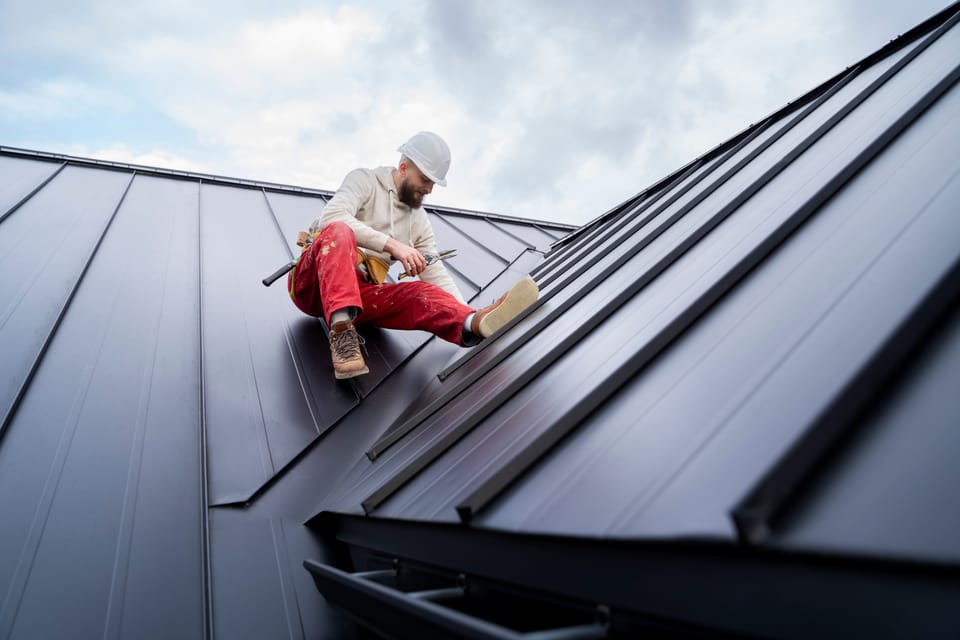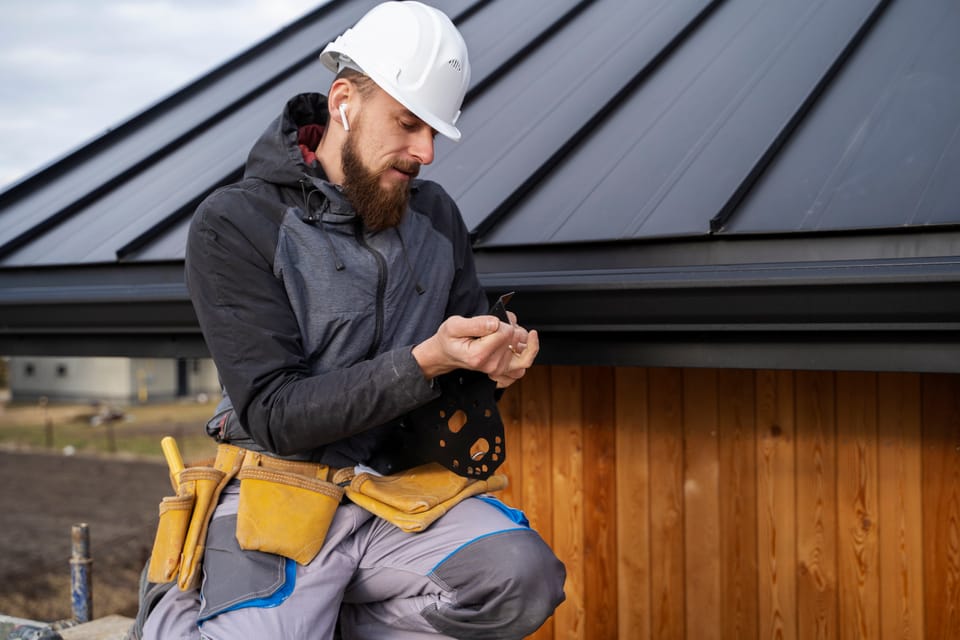How to Prepare Your HVAC System for Winter?

As the temperatures drop and winter approaches, it’s essential to prepare your HVAC system to handle the colder months ahead. A well-maintained heating system not only ensures your home stays warm and comfortable but also improves energy efficiency, prevents breakdowns, and can save you money on repairs. This comprehensive guide will walk you through the necessary steps to prepare your HVAC system for winter, ensuring it runs smoothly throughout the season.
1. Change or Clean the Air Filter
One of the easiest and most important steps in preparing your HVAC system for winter is to replace or clean the air filter. Over time, filters can become clogged with dust, dirt, and debris, restricting airflow and reducing the efficiency of your system.
- How to Check: Locate the air filter (usually near the return duct) and inspect its condition. If it looks dirty or clogged, it’s time to replace it.
- When to Replace: It’s recommended to change the filter every 1-3 months during the heating season, depending on the type of filter and household conditions (e.g., pets, allergies).
2. Inspect the Thermostat
Your thermostat plays a crucial role in controlling the temperature in your home. Before winter sets in, check the settings and ensure it’s operating properly.
- Test the Thermostat: Set your thermostat to the heating mode and adjust the temperature. Make sure the system kicks on and warms up as expected.
- Upgrade to a Smart Thermostat: If your thermostat is outdated, consider upgrading to a smart thermostat that can help optimize energy consumption by adjusting the temperature based on your schedule. This can save you money on heating bills.
3. Schedule a Professional HVAC Inspection
It’s always a good idea to schedule a professional HVAC inspection before the heating season begins. A qualified technician will inspect all parts of your heating system, clean the components, and ensure everything is working efficiently.
- What a Professional Checks:
- Heat exchanger
- Furnace blower motor and fan
- Pilot light or ignition system
- Air ducts for leaks or blockages
Regular inspections help catch any potential problems early, preventing costly repairs during the winter months.
4. Check for Drafts and Insulate
Cold drafts can make your heating system work harder, reducing its efficiency. Take the time to inspect your home for areas that may be allowing heat to escape.
- Where to Look:
- Windows and doors
- Around electrical outlets
- Attic and basement areas
- Plumbing and vent pipes
Seal any gaps or cracks with weatherstripping, caulk, or foam sealant. Adding insulation to areas like the attic or basement can also help maintain your home’s temperature and prevent heat loss.
5. Clean the Ductwork
Dirty ducts can harbor dust, dirt, and debris that not only reduce your system’s efficiency but can also affect air quality. Cleaning your ducts is an important task for ensuring your HVAC system operates effectively.

- How to Clean: While you can clean some areas of the ductwork yourself (such as vents and registers), it’s best to have a professional clean the entire system to ensure thorough removal of dust and debris.
6. Check the Furnace Flame or Burner
If your home relies on a furnace to provide heat, check the flame or burner for any signs of malfunction. The flame should be steady and blue, not yellow or orange.
- Signs of Trouble: A yellow or flickering flame can indicate issues with the gas line, burner, or combustion process, which may require professional attention.
- Furnace Maintenance: Also, check for any unusual noises like banging or rattling, as these can signal loose parts or other issues.
7. Test the Heater
Before winter fully sets in, run your heating system for a few hours to make sure it’s working properly. This allows you to identify any potential issues before you need it to run for an extended period.
- Things to Check: Ensure that warm air is flowing from the vents, and listen for any unusual noises. Also, check to make sure the thermostat responds as expected to adjustments in temperature.
8. Clear the Area Around the Furnace
Ensure there’s plenty of space around your furnace to allow proper airflow. It’s crucial not to store items near the furnace or HVAC equipment, as this can obstruct airflow and even present a fire hazard.
- What to Move: Remove any clutter, boxes, or other items that may have accumulated near your furnace or heat pump. This will help maintain the system’s efficiency and reduce the risk of fire.
9. Check the Humidity Levels
In colder months, indoor air can become dry, which can affect both your comfort and your HVAC system. Low humidity can cause static electricity, dry skin, and respiratory issues.
- Use a Humidifier: Consider using a humidifier in your HVAC system to help maintain a balanced humidity level. This can improve your comfort, reduce wear on your system, and prevent issues like dry throat and skin.
10. Consider an Upgrade or Replacement
If your HVAC system is aging or has frequent issues, it might be time to consider upgrading or replacing it before winter sets in. Older systems are often less efficient, leading to higher heating bills and more frequent breakdowns.

- Signs You Need a New HVAC System:
- Frequent repairs or breakdowns
- Increased energy bills despite regular maintenance
- Poor air quality or temperature inconsistency
A new, energy-efficient system can provide better comfort, lower utility bills, and prevent the need for frequent repairs.
Final Thoughts
Preparing your HVAC system for winter is an essential step in ensuring your home stays warm and comfortable throughout the colder months. By following these simple maintenance tips, you can increase the efficiency of your heating system, extend its lifespan, and avoid unexpected breakdowns. Don’t forget to schedule an annual professional inspection for the best results and peace of mind.
With your HVAC system ready for winter, you can relax and enjoy the season without worrying about heating issues!



